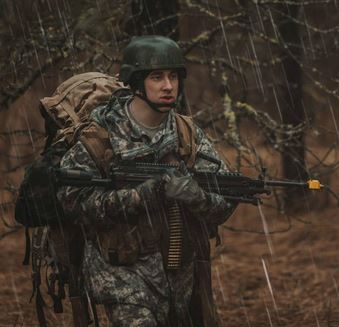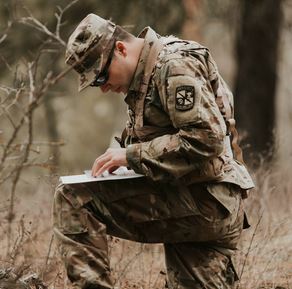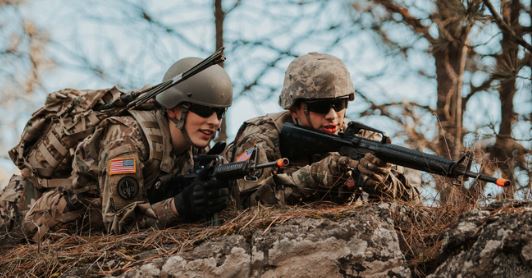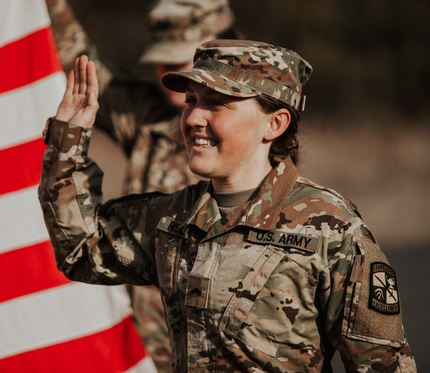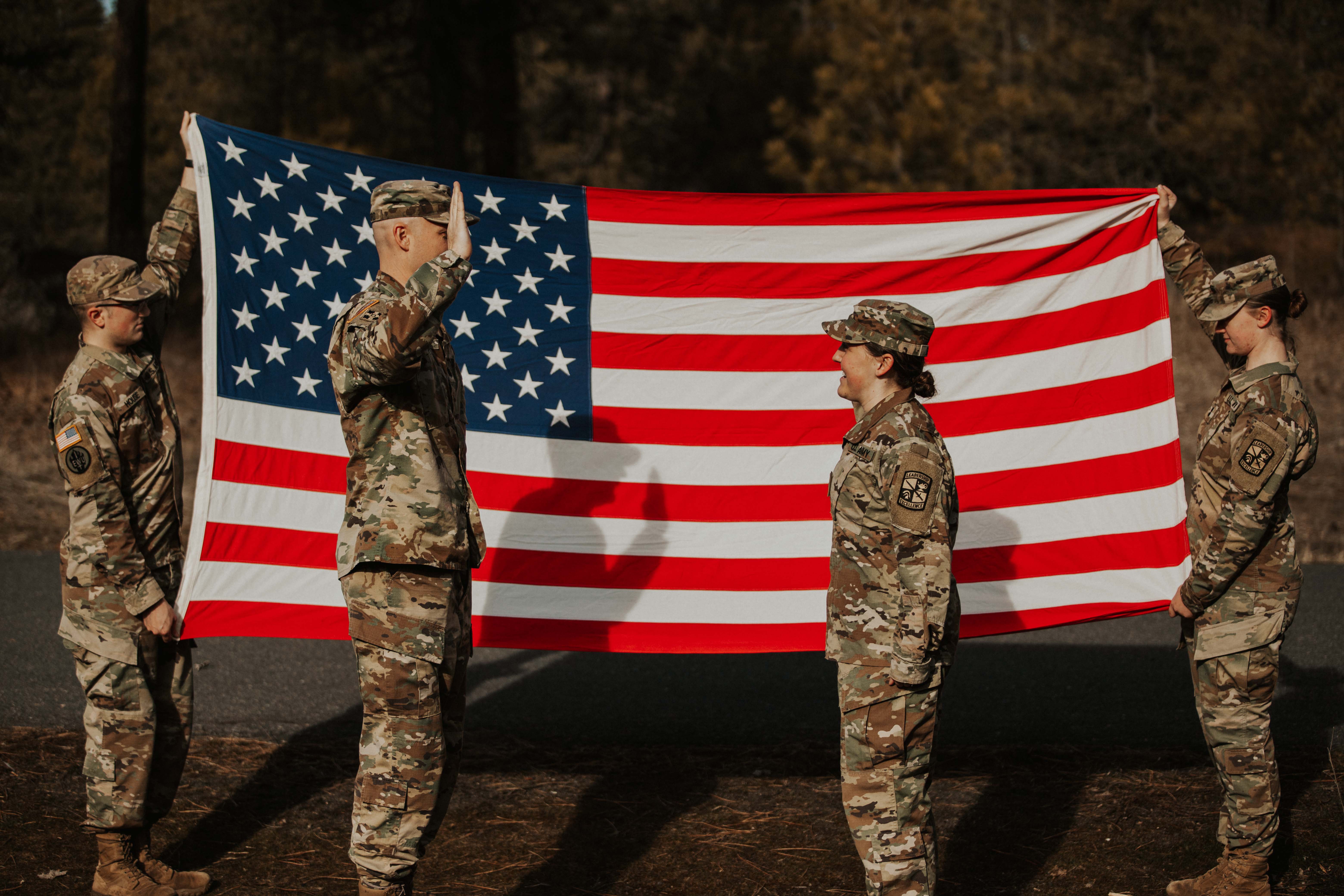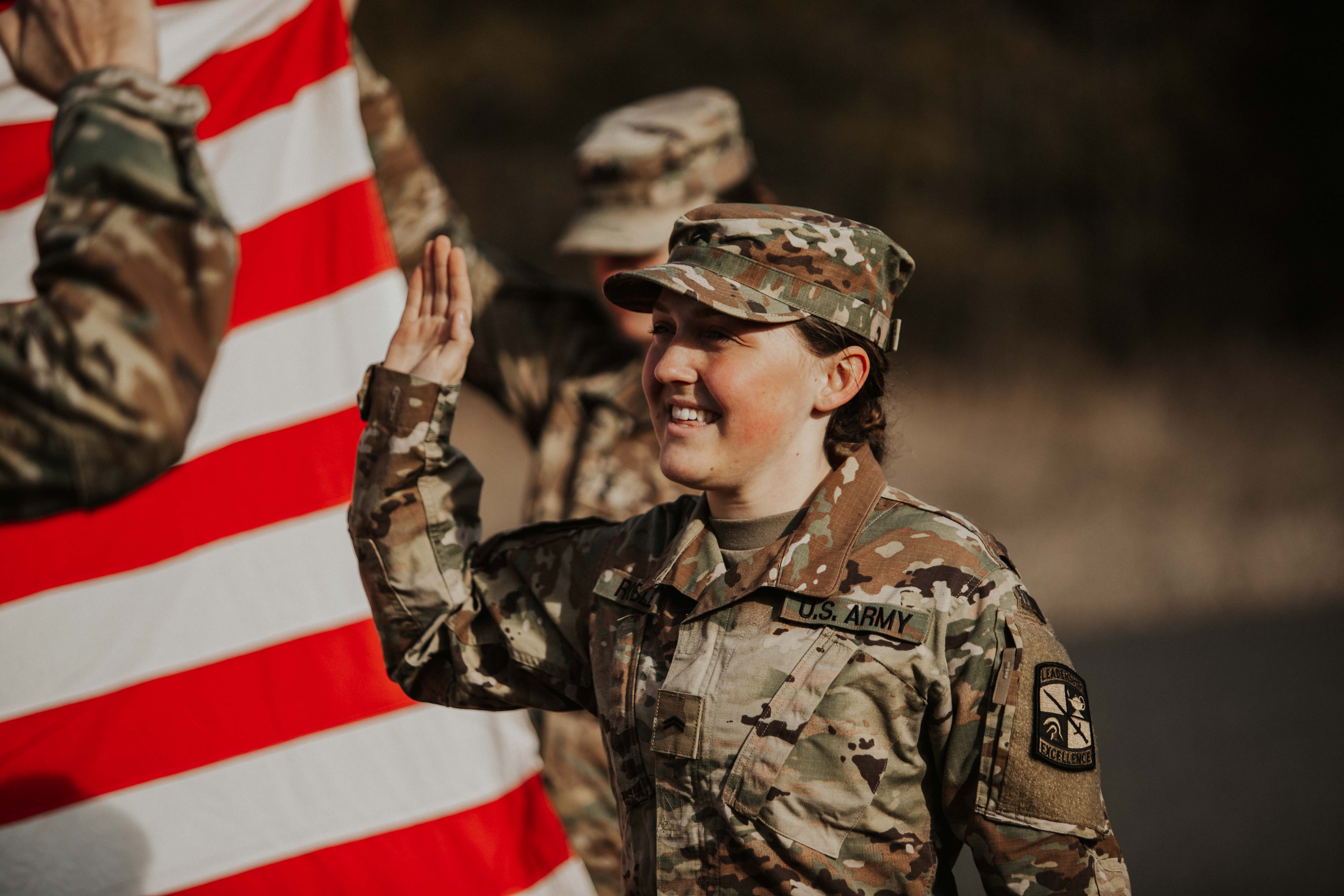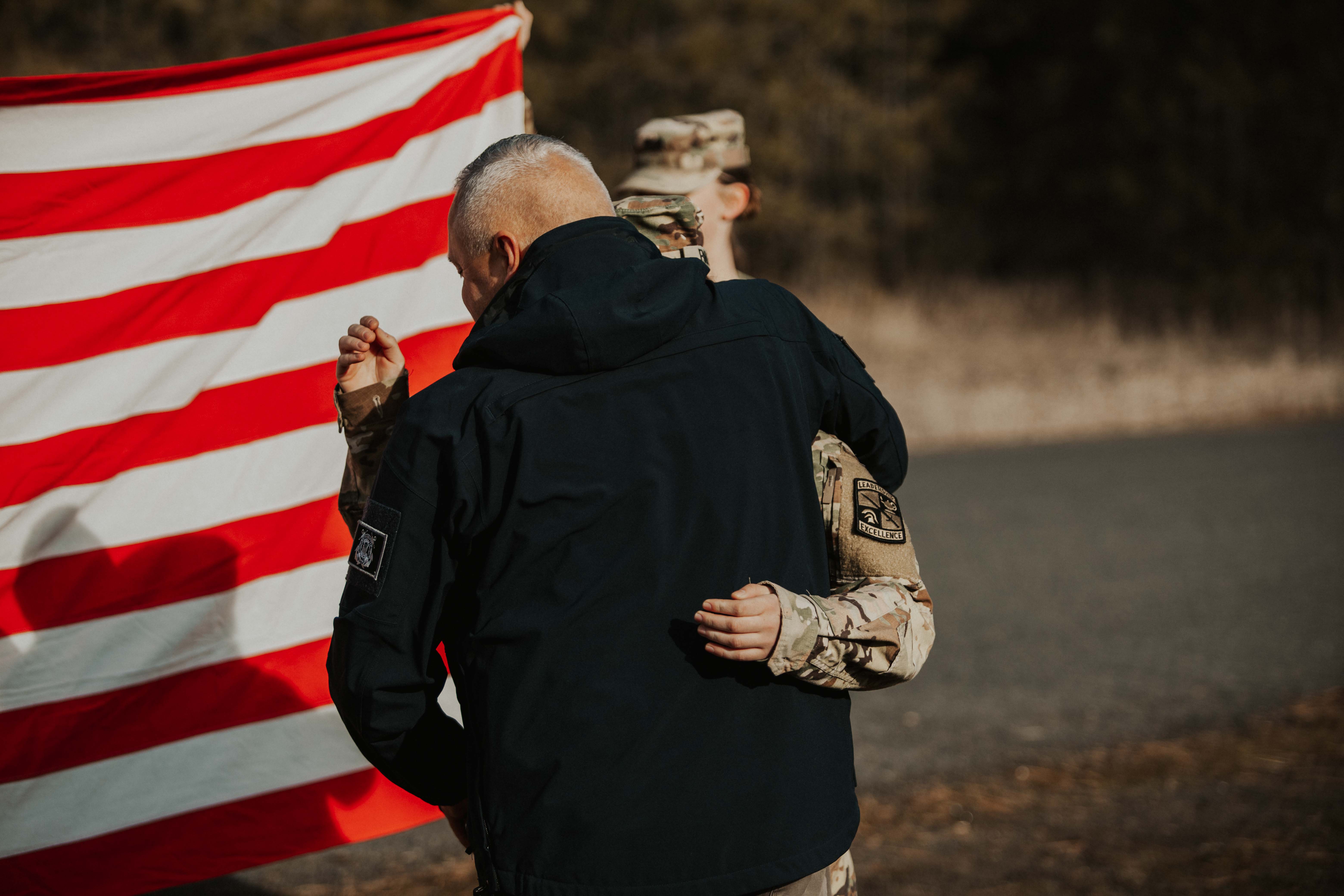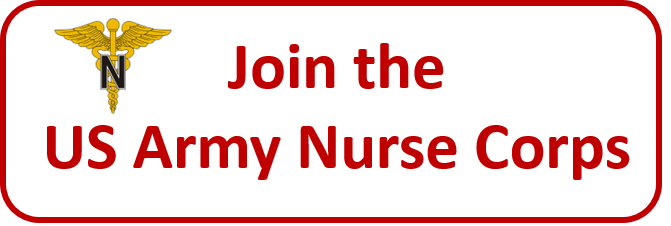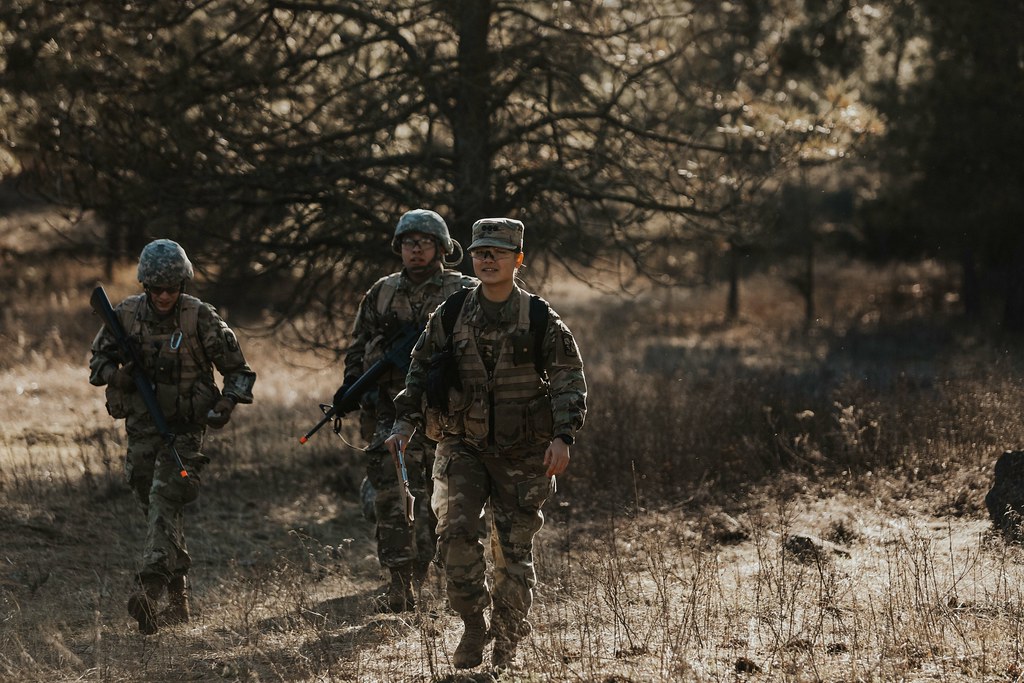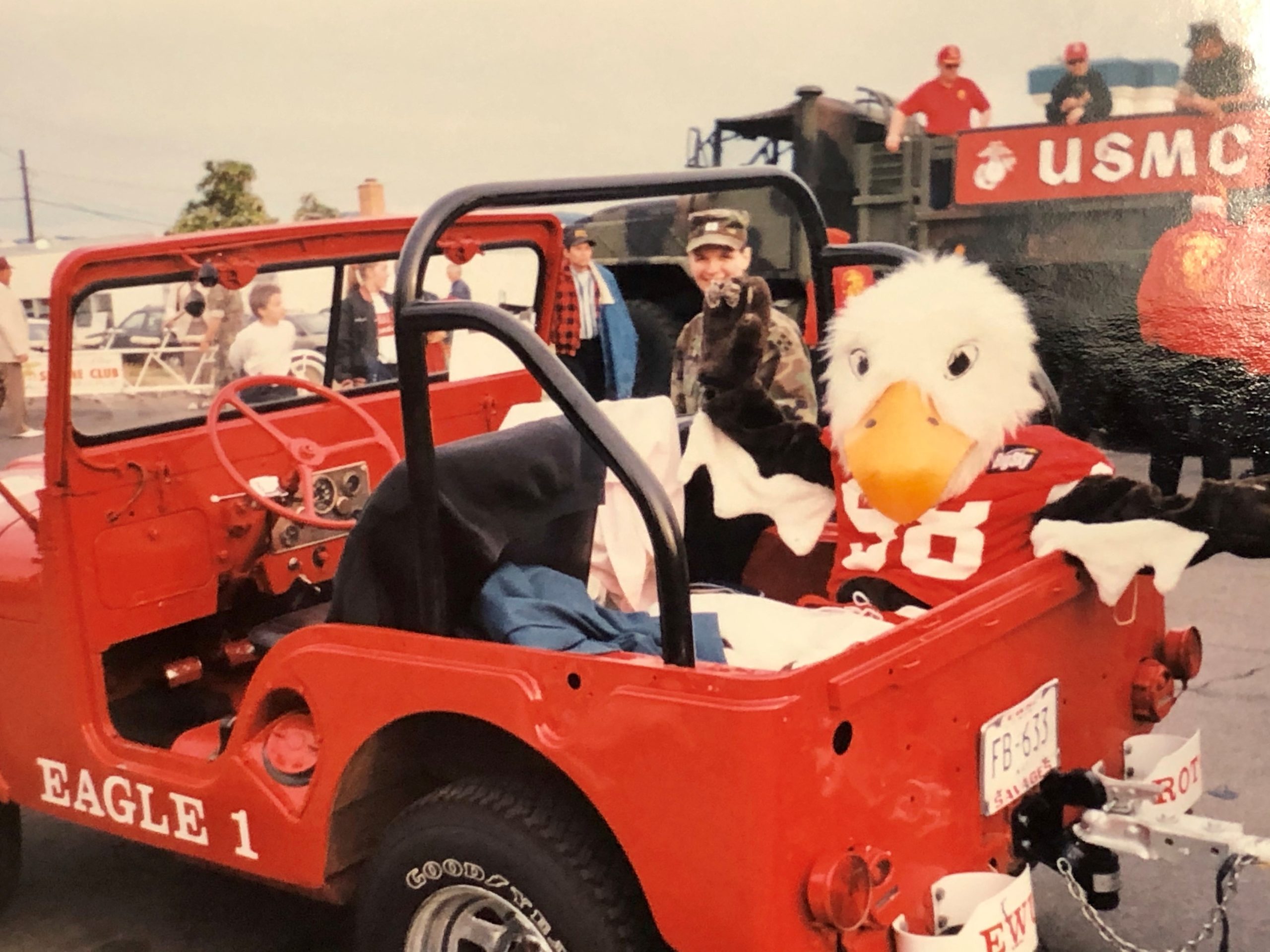By: Cadet Marcos Sanchez
On March 5th through the 7th, Eastern Washington University (EWU) Reserve Officer Training Corps (ROTC) “Fighting Eagles” battalion conducted their second Field Training Exercise (FTX) of the 2019-2020 school year. The purpose of this FTX was to test the Cadets knowledge of squad and fire team operations in order to prepare them for Cadet Summer Training or CST. The training started on March 5th with the conduction of the FTX prep lab. This lab was used to jump start Cadets’ minds into thinking tactically for the upcoming challenges. This was done by having each squad conduct pre-combat checks and pre-combat inspections (PCCs and PCIs), as well as solidifying Standard Operating Procedures (SOPs) and lastly taking a quiz on basic individual and squad information.

On March 6th Cadets arrived at Cadet Hall on EWU campus around 1400 in order to get any last-minute packing or planning done. They had an hour to complete all these task before the buses came and brought them to training site Water Works where they conducted the day and night land navigation courses.

The third and last day of the Field Training exercise was the longest day of them all with the Cadets’ day starting at 0400. After accountability and pre-combat checks, the Cadets were issued their M4 rifles and M249 machines plus blank ammunition for the FTX. Using real rifles with blank ammunition adds greatly to the realism of the training event.
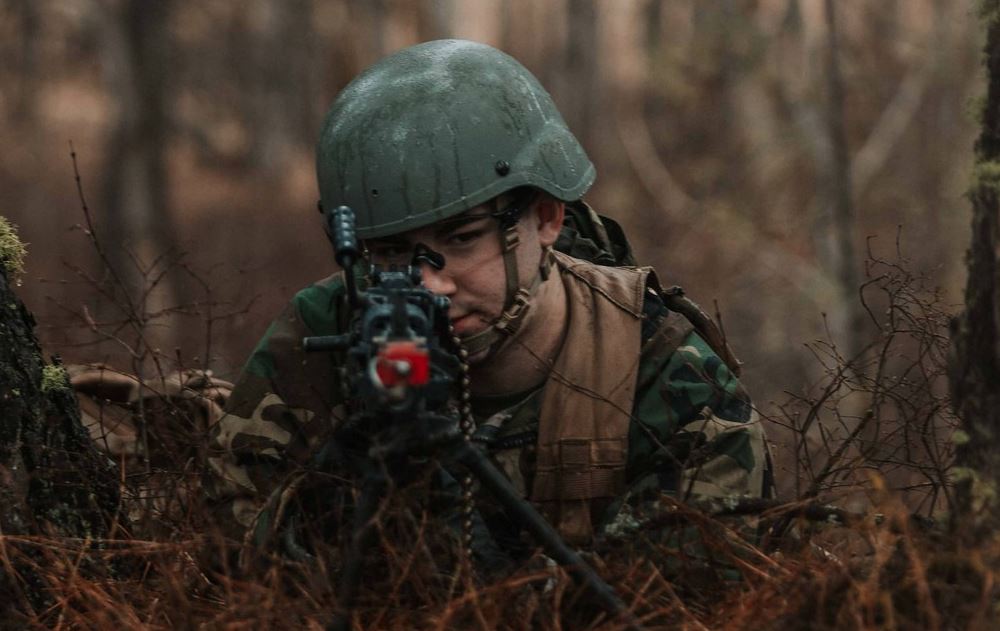
the Cadets assembled at the Cheney Waterworks Training Area for squad training lanes. At last year’s Winter FTX the Cadets trained in challenging wintry conditions with deep snow covering the training site. This year the weather would be different, but still have challenging conditions with a persistent cold rain for nearly the entire day.


There were five lanes that the MS-III Cadets were tested on; the first was movement to contact, which the squad leader was informed that enemies were in the vicinity of a certain area. It was their job to plan a patrol in which they would take contact with the enemy and neutralize them using a pre-established battle drill. The second lane was a squad area defense. This helped the Cadets properly set a defensive position and learn how to utilize terrain to their advantage while being attacked by an enemy.

The third lane was a squad attack, which is similar to the movement to contact lane, but the precise enemy location is known, and it is the squad’s goal to initiate contact first. The fourth lane was squad ambush. In this scenario the enemy was known to have high foot traffic through a certain area, the Cadets were to cut them off by a certain time in order to minimize the enemy’s presence. The last lane was squad recon. Cadets were told that an unknown number of enemies were holding a position. The squad leader was then told to gather information on the enemy in order to solidify their numbers and possible intent. They did this by sending out recon and surveillance teams as well as security and observation. The recon and surveillance team’s job was to get eyes on the enemy from multiple vantage positions in order to gather intelligence; all while not being seen.

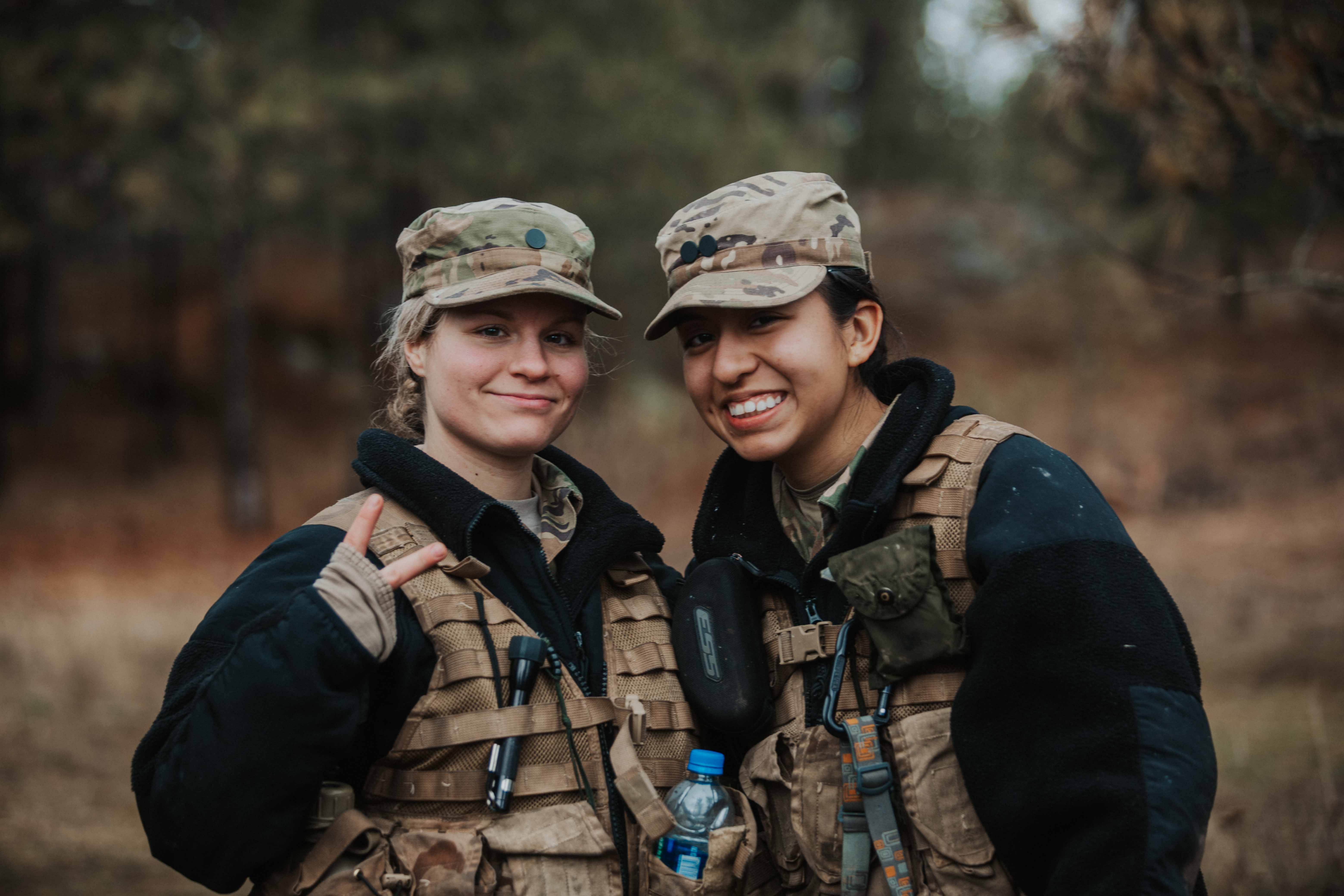
With freezing cold temperatures and constant missions, the EWU ROTC Cadets where tested both physically and mentally during the Winter FTX. This training is used to prepare our MS-III Cadets for Advance Camp at Ft. Knox, Kentucky this summer. Advanced Camp is a requirement for all MS-III Cadets to pass in order to commission as Army officers. The 37-day Advanced Camp is why the Fighting Eagles battalion conducts challenging training to prepare the MS-III Cadets as much as possible to excel at camp.
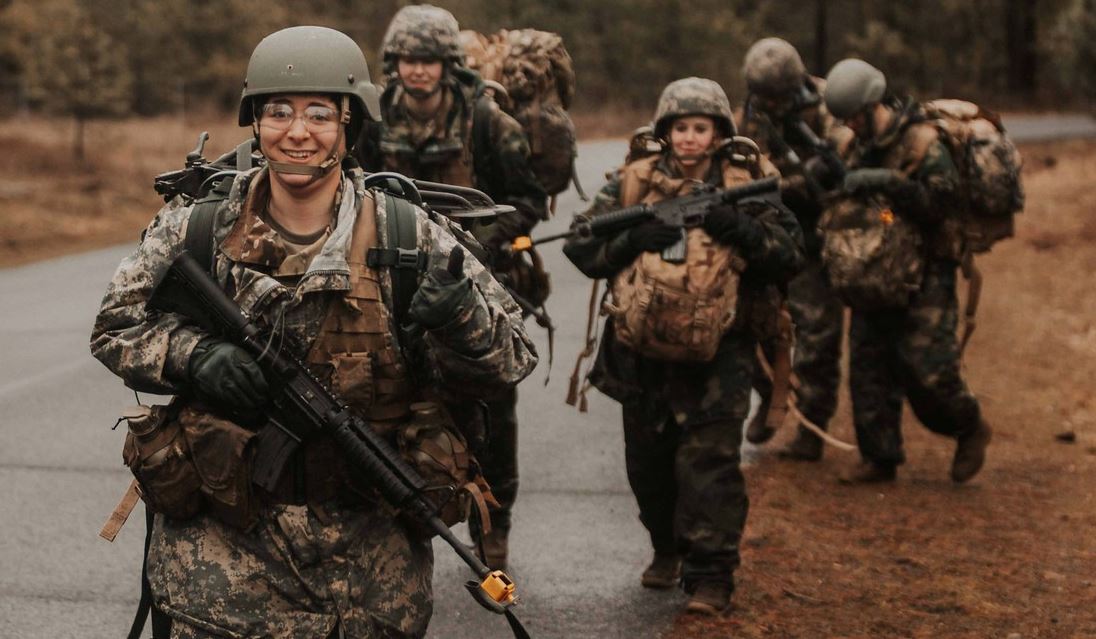
Next quarter the Fighting Eagles Cadets will focus more on much larger platoon operations to further prepare our Fighting Eagles Cadets to excel at Advanced Camp. EWU Army ROTC has a great track record of Cadets receiving high scores at Advanced Camp, which is made possible by the hard work and training achieved during weekly leadership labs and quarterly FTX’s. The upcoming Spring Quarter will bring on new training challenges for the Fighting Eagles Cadets.
Go ROTC! Go Fighting Eags!
Note: You can see and download many more pictures from the Winter FTX from our EWU Army ROTC Flickr page.

